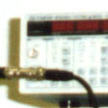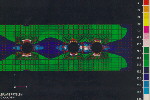



|
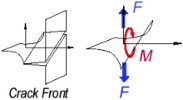
Force-Moment Representation
of a Mixed Mode Crack Front

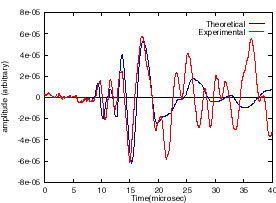
Comparison of Theoretical and Experimental
Waveform in the same Mixed Mode Crack
|
Waveform-Based
Acoustic Emission (AE)
in Aluminum Alloys
We calculated solution of the three-dimensional wave propagation in transversely anisotropic and isotropic plate. The displacement in the frequency domain is given as a single integral; its numerical evaluation is simple and rather straightforward. By using laminate theory with a general force system, we formulated the wave propagation problem in laminated composite plate. We also presented the relationship between the force systems and the Lamb wave modes on the surface in simple forms. The general theoretical model is validated through laboratory experiments with aluminum plates.
|
|

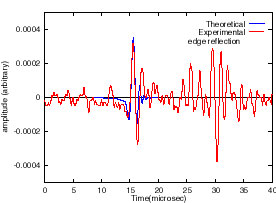
Comparison of Theoretical and Experimental
Waveforms in a Mode I Crack
|
|
|

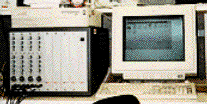
Fracture Wave Detector
for Acquiring AE Signal

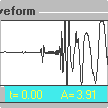
Sample AE Signal
|

Acoustic Emission (AE) from Fatigue Fracture
Fatigue fracture of high strength aluminum alloys generates numerous acoustic emission (AE) events that are detectable. With proper analysis, these AE events can be used to identify failure mechanisms in real-time. Conventional AE methods of using event counting, event energy, signal amplitude, duration, and rise time, however, are highly operator dependent and have severe limitations in the proper characterition of AE signals. For fatigue AE detection, methods using sensor output waveforms are needed to identify unknown events, evaluate their significance, and correlate identified events to the fracture modes. These methods allow qualitative interpretations based on event feature analysis and identification of the nature of the emission source.
|
 |

Characterization of AE Signals from Corrosion Pits in Aluminum Alloys under Fatigue Loading
In a series of studies, we used a waveform-based acoustic emission technique to study the characteristics of signals emanating from fatigue crack propagation and penetration behavior in 6061, 2024-T4, and 5052 aluminum alloy plates. We also studied the effects of prior thermal and mechanical treatment, rolling directions of the test specimen, especially microcrack initiated at corrosion pits to the resulting AE signals. Acoustic signals arising from crack propagation, plastic deformation at the crack tip, avalanche motion of dislocations, fracture of brittle particles, and the debonding of these particles from alloy matrix, were recorded by broadband transducers for analysis.


|
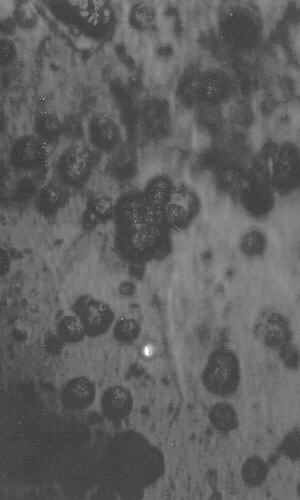
Corrosion Pits at Notch Tip
|

Modified 9/98
